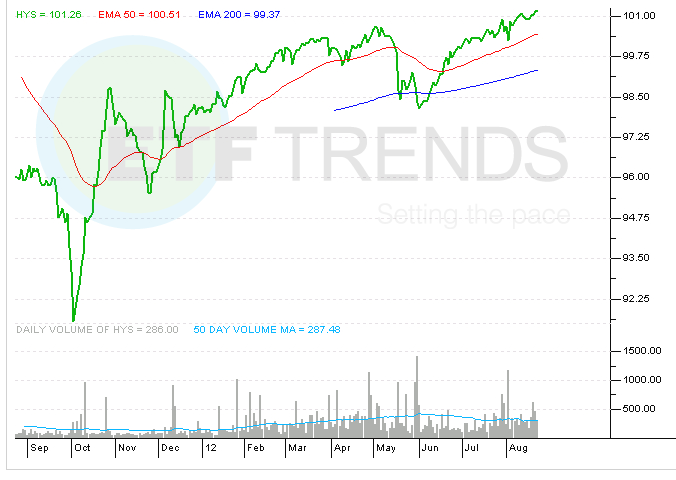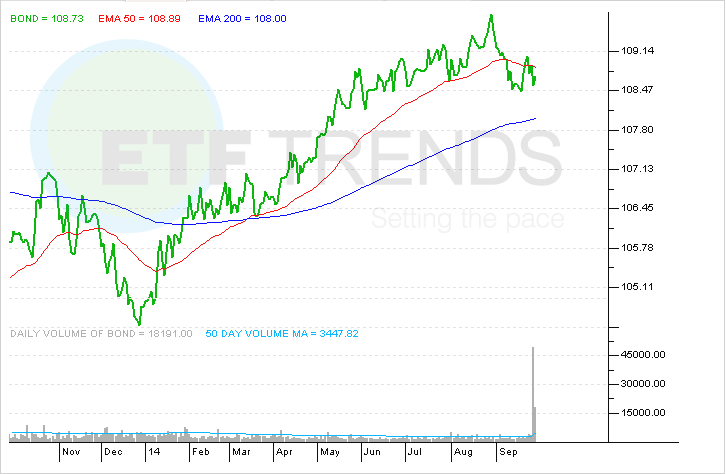PIMCO ETFs Education Advantages of ETFs
Post on: 8 Май, 2015 No Comment

Benefits of ETFs
Exchange Traded Funds (ETFs) draw upon two sources of liquidity: the liquidity of the secondary market where they trade throughout the day at their prevailing market price, as well as the underlying liquidity of the securities that comprise the ETF portfolio, which can be accessed through new share issuance. Through the creation/redemption process described in “ETF Fundamentals,” the number of outstanding shares of ETFs is highly flexible, reducing the potential for ETF shares to trade at a premium or discount to NAV as do closed-end funds, which have a static amount of shares outstanding. An ETF can issue and redeem shares depending on supply and demand. If demand rises for a particular ETF, an authorized participant can acquire new ETF shares from the ETF sponsor, which can trade on the open market. Likewise, if demand decreases, an authorized participant can accumulate a creation unit of ETF shares and redeem that unit for the underlying securities or potentially for cash. Large block trades can also be accommodated in this manner. Investors who buy and sell ETF shares on an exchange generally do so for cash settlement, and do not buy or sell shares directly from the ETF manager.
Pricing and Trading
Because the amount of ETF shares outstanding can fluctuate, the potential for a premium or discount to NAV may be reduced, since the supply of ETF shares can be adjusted to match the demand. For each ETF, there is an Intraday Indicative Value (IIV, or sometimes called INAV or Indicative Optimized Portfolio Value ) published every 15 seconds during trading hours. The Intraday Indicative Value is published by a third party, and is an approximation of the current value of the underlying securities in the ETF.
ETFs are highly transparent, as their holdings are disclosed on a daily basis. With ETFs, investors can understand the exact makeup of their portfolios at any given time. This may be a particularly important feature during periods of market dislocation, or when specific securities come under pressure as they have in recent crises.
Tax Management

In general, ETFs that use in-kind redemptions may be able to reduce capital gains realized within the fund, and feature more equitable distribution of capital gains to shareholders, particularly if the investment strategy is passive. When an AP exchanges ETF shares for the basket of underlying securities, this redemption may be an “in-kind” exchange of securities instead of cash, avoiding a taxable event. As a result, when in-kind redemptions occur ETF shareholders may not incur capital gains due to other shareholders’ selling activities.
ETFs may allow for greater certainty of share price in planning transactions for tax purposes. ETF market prices are visible throughout the day, potentially enabling more control and precision in tax management strategies, whereas mutual fund Net Asset Values (NAVs) are not known until after the fact. As such, ETF investors can more easily determine their own tax basis and the tax consequences of a particular transaction.
For example, ETFs may be used in tax management as an efficient means of “harvesting” tax losses. When an investor sells a security or fund to realize a tax loss, he or she may be able to purchase a comparable, but not substantially identical, ETF in order to maintain a similar exposure while preserving the tax benefits of the loss.














